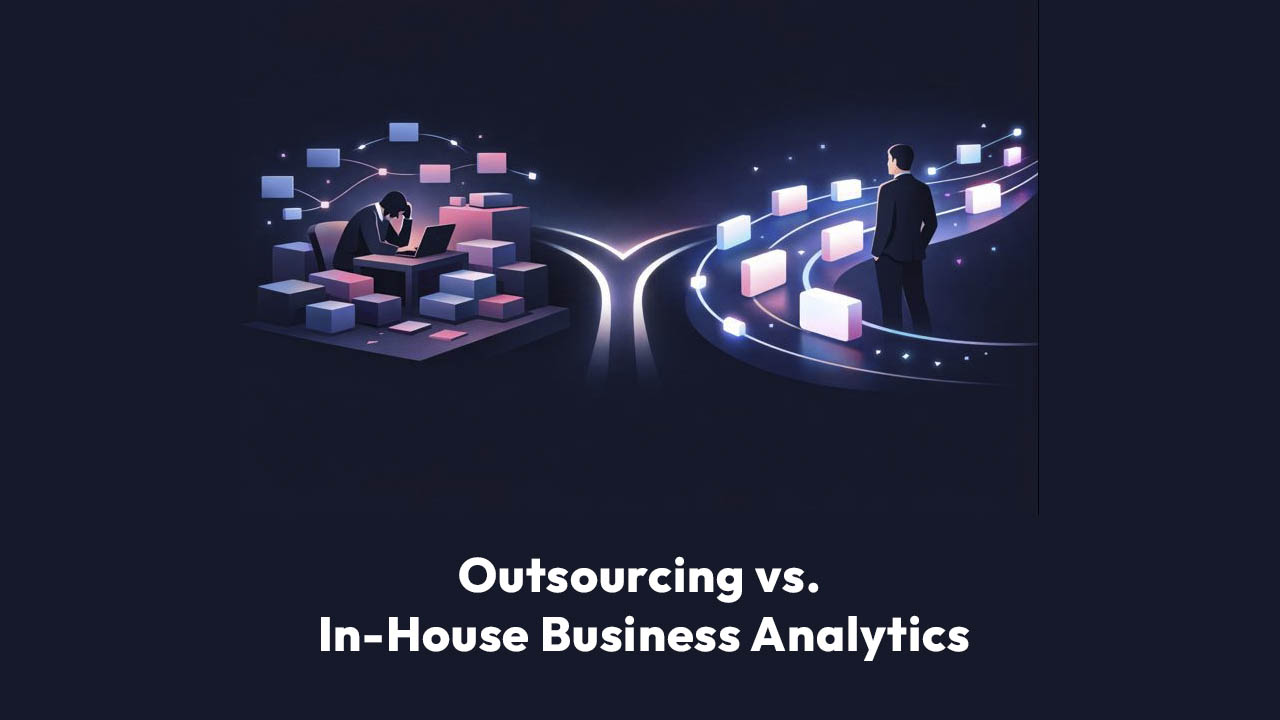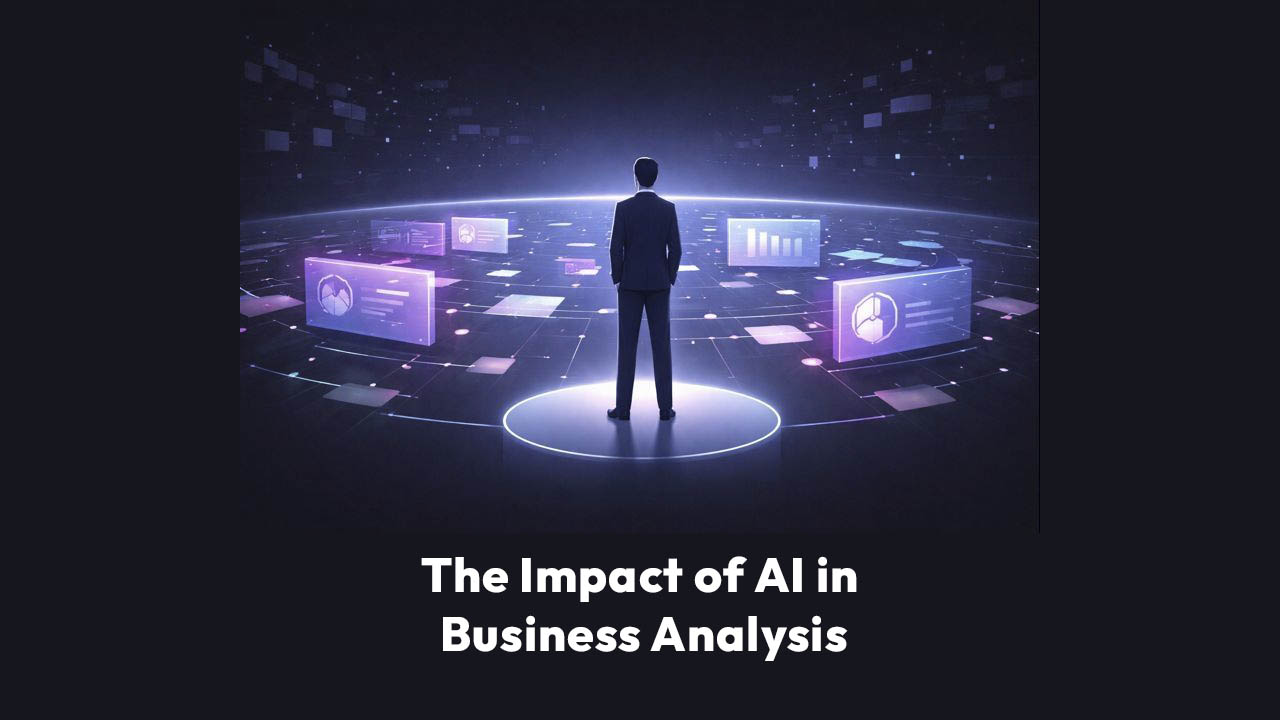We measure everything—clicks, impressions, conversions. We tag links. We optimize channels. And still, when a campaign overperforms, its real reason often remains buried. Attribution models hand out partial credit. Dashboards display metrics. But neither tells the full story. Because most tools are built to track activity, not uncover causality.
And that gap is more than inconvenient—it’s costly.
If you can’t pinpoint what truly drove last quarter’s conversions, you’re just guessing what to do next quarter. That means every budget decision, every creative brief, every audience strategy is built on shaky ground. The path to consistent, repeatable wins remains shrouded in mystery.
The Missing Link Between Metrics and Meaning
Let’s say your last campaign crushed it. CTR was high, pipeline spiked, and even expansion deals came in. You're celebrating, but then the question hits: So… what do you do now? Run it again? Copy the subject line? Increase spend? You're left with a winning lottery ticket, but no idea how you picked the numbers.
The problem is, performance metrics describe outcomes—but they don’t tell you what caused them. It’s like seeing the scoreboard without knowing who made the plays. You have the result, but not the winning playbook.
That’s where Scoop’s AI Data Scientist comes in. We didn’t build it to generate another KPI dashboard. We built it to reveal what traditional tools conceal: the deeper behavioral patterns, time-dependent interactions, and segment dynamics that actually led to revenue.
It’s not just about measuring results. It’s about understanding what triggered them, giving you the clarity to act, not just react.
Campaign Reports Miss the Turning Points
Most post-campaign analysis is static. You look at channel-level performance, maybe filter by industry or job title, and then try to draw conclusions.
But reality isn’t that tidy.
Buyers don’t follow a linear journey. They bounce between channels, consume content in irregular sequences, and interact at unpredictable intervals. Most analytics tools are hardcoded to simplify that complexity into “first touch,” “last touch,” or arbitrary linear paths.
But those simplifications obscure the truth.
They don’t explain why your mid-market segment converted 3.5x higher. Or what combination of actions, at what timing, made a lead more likely to close?
And when a campaign underdelivers, they offer no diagnostic power. Was the offer misaligned with the segment? Was the timing off? Did early engagement stall before the demo?
You’re left with assumptions, chasing ghosts rather than targeting tangible levers.
Marketers Need Models That Explain Behavior, Not Just Count It
Scoop’s AI Data Scientist breaks out of that shallow loop. It doesn’t just track engagement—it interprets it. It paints a clear picture of user behavior, helping you see the actual journey, not just scattered dots.
Here’s what it does:
- Examines how leads move through your funnel, not just if they did.
- Detects cross-dimensional interactions, like “webinar attended + trial started within 48 hours.”
- Analyzes time-based behaviors—whether Q1 leads engage differently from Q2, and why.
- Surfaces microsegments that outperform, based on real behavioral signals—not fixed personas.
And most importantly, it gives you explainable causality:
“Leads from mid-sized B2B SaaS firms that consumed onboarding videos before interacting with sales had a 4.2x higher close rate.”
You’re not just seeing correlation—you’re uncovering the actual logic behind success, a tangible roadmap for replication.
No configuration. No custom SQL. Just plug in your CRM and campaign data, and let Scoop do the heavy lifting, freeing your team to strategize.
Under the Hood: How Scoop Finds the “Why”
To pull back the curtain on this intelligence, Scoop’s AI Data Scientist uses three primary engines working in concert:
- Smart Data Profiling
Your raw data isn’t always ready for modeling. That’s why Scoop automatically:- Flags incomplete or inconsistent fields
- Clusters of companies or industries where needed
- Cleans and engineers variables on the fly
- It prepares your data with the same rigor a human data scientist would—but at machine speed, ensuring your insights are built on a solid foundation.
- Model Selection by Business Question
You’re not running one generic model. Scoop dynamically chooses the right machine learning strategy depending on your goal:- Want to find hidden high-performing segments? → It uses EM Clustering.
- Trying to understand what changed in May? → It applies time comparison models.
- Looking to explain why conversions spike for one group? → It runs predictive trees and outputs decision paths.
- Each result is backed by a confidence score and rule-based explanation, not just a prediction. You see exactly how the model arrived at its conclusion, making it truly transparent.
- Actionable Output Where You Work
Once Scoop discovers these causal patterns, it doesn’t just create a slide. It:- Pushes insights directly into your CRM or MAP
- Auto-tags leads by behavioral segment
- Enables routing rules, nurture tracks, or alerts
- Scores leads based on actual conversion logic, not arbitrary point systems
- This is what truly turns insight into impact, making your existing systems smarter.
Real-World Campaign Intelligence: Not Just What, But Why
Let’s put it into practice.
Imagine a Q1 campaign targeting enterprise healthcare leads. On the surface, results look good—expansion deals. Solid demo attendance. Your dashboard shows green.
But Scoop reveals something your dashboard missed:
- The fastest-converting leads were not from enterprise—they were mid-market.
- They engaged with product comparison pages before ever responding to sales.
- They logged into your free trial three times in the first week, after attending a niche webinar.
That’s not just interesting. It’s directional. It completely reframes your understanding of success.
Now you can:
- Build a priority segment around this exact micro-profile for future campaigns.
- Align content sequencing to replicate the winning behavior you just uncovered.
- Coach SDRs to time outreach right after product interest peaks, armed with a clear understanding of why leads convert.
This level of insight enables you to scale what works, rather than making educated guesses. You're building a smarter, more predictable marketing machine.
And here’s the key: a traditional attribution tool would never surface this. It wasn’t designed to.
Not a Black Box. Not a Blind Guess.
Other AI tools promise “lead scoring” or “propensity models.” But ask them why a lead scored high, and you’ll get silence—or worse, vague feature names and shapeless graphs.
Scoop isn’t a black box. It believes you deserve answers.
It produces transparent, human-readable reasoning for every prediction, so you can always explain the logic.
For example:
“This lead is 3.7x more likely to convert because they match Segment C: mid-market SaaS, opened onboarding emails, and had multiple team logins in week 1.”
That’s insight you can confidently explain to your VP of Marketing—or your CFO. And it's logic you can trust and replicate.
What You Can Do with This Kind of Clarity
With causal intelligence from Scoop, your marketing team can transform its operations:
- Run true post-mortems: Get past vanity metrics and understand what actually drove results, so you learn from every campaign.
- Segment dynamically: Let the AI surface new, high-performing audience clusters you didn’t even know to look for.
- Score leads intelligently: Prioritize based on behaviors that statistically lead to conversion, not arbitrary point systems.
- Inform messaging: Align content and offers with proven, causally linked triggers for maximum impact.
- Optimize spend: Redirect budget away from low-performing segments in real time, making every dollar count.
You’re not guessing. You’re operating on validated, predictive logic. You're playing chess, not checkers.
This Is What Real Marketing Intelligence Looks Like
For years, marketers have been stuck in a cycle of “launch, measure, assume, repeat.” A cycle of reactive planning and educated guesswork.
That cycle ends here.
Scoop gives you a way to see the behavioral truth behind performance, uncover high-leverage opportunities, and operationalize your next best moves—automatically. It transforms your data from a historical record into a living, breathing guide for growth.
Instead of asking “what happened?”, you get to ask “what worked, for whom, and why?”
And then you get to do it again—better, faster, smarter. This is the new standard for marketing intelligence.








.png)